Dog Wall Art
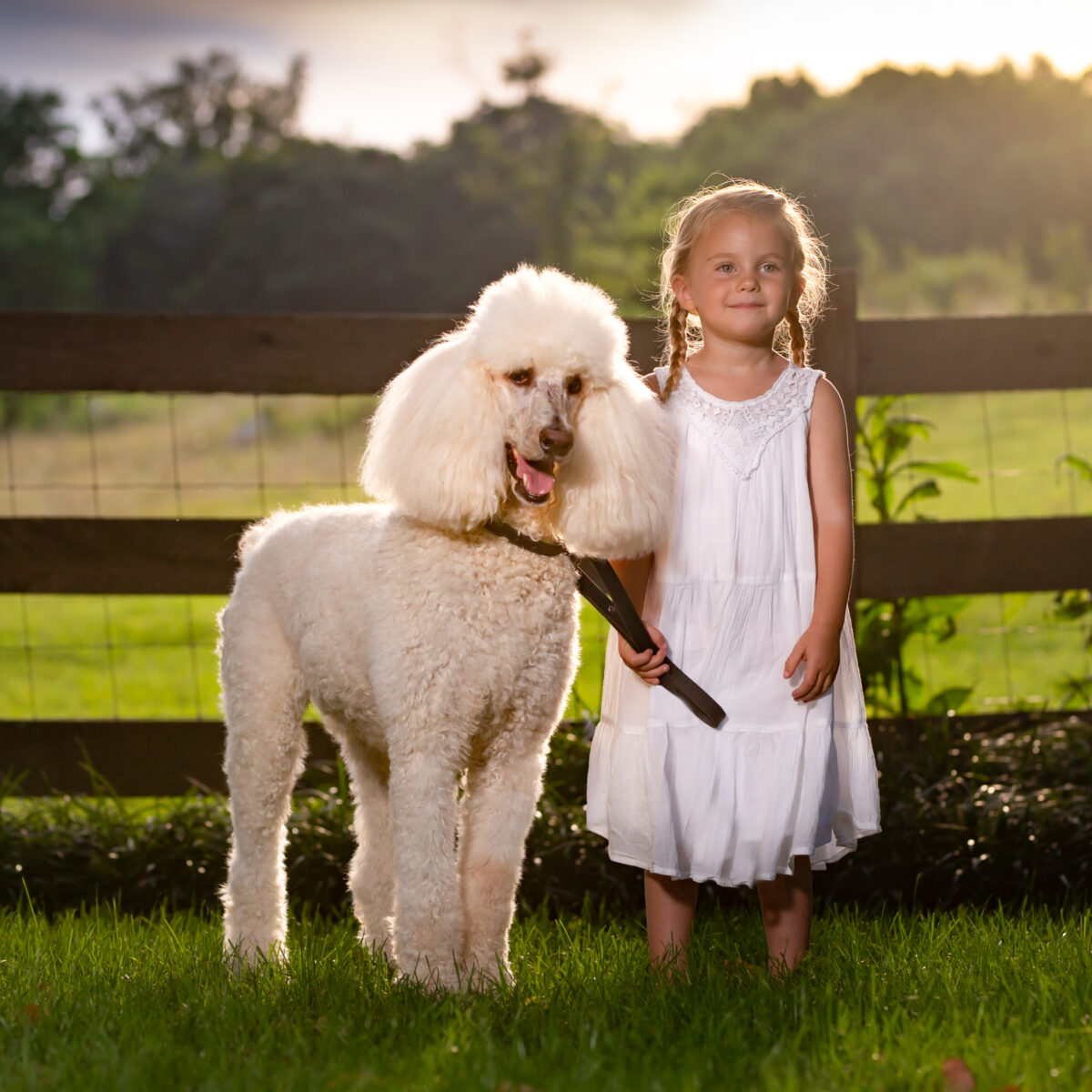
What’s on your walls? Dog wall art offers many unexpected benefits for the medical field.
This is a guest post by Michael Puck.
Dogs and humans have been together for thousands of years, and we have benefited in countless ways. Just think about the safety, protection, and companionship dogs have provided throughout the millennia. Over the last 150 years, an explicit benefit of the human-canine relationship has emerged. It started when Florence Nightingale, the founder of modern nursing, commented in 1860 that “a small pet is often an excellent companion for the sick.”
It took another 70 years until Smokey, a tiny 4-pound Yorkshire Terrier, improved patients’ mental and physical well-being in a military hospital. The news about the four-legged healer spread quickly, and other military hospitals followed suit and reported countless success stories. Today, there are more than 50,000 certified therapy dogs in the U.S.
The impact that therapy dogs have on patients is profound. Research published in the National Library of Medicine measured a 57% decrease across several negative stressors such as tension, anxiety, anger, hostility, fatigue, inertia, depression, and dejection when patients had access to therapy dogs. It is well-researched that reducing patient stress leads to faster recovery and better health outcomes. Conversely, slower recovery rates increase the risk of infections or complications, lengthen hospital stays, and magnify patient discomfort.
All Dogs are Therapy Dogs
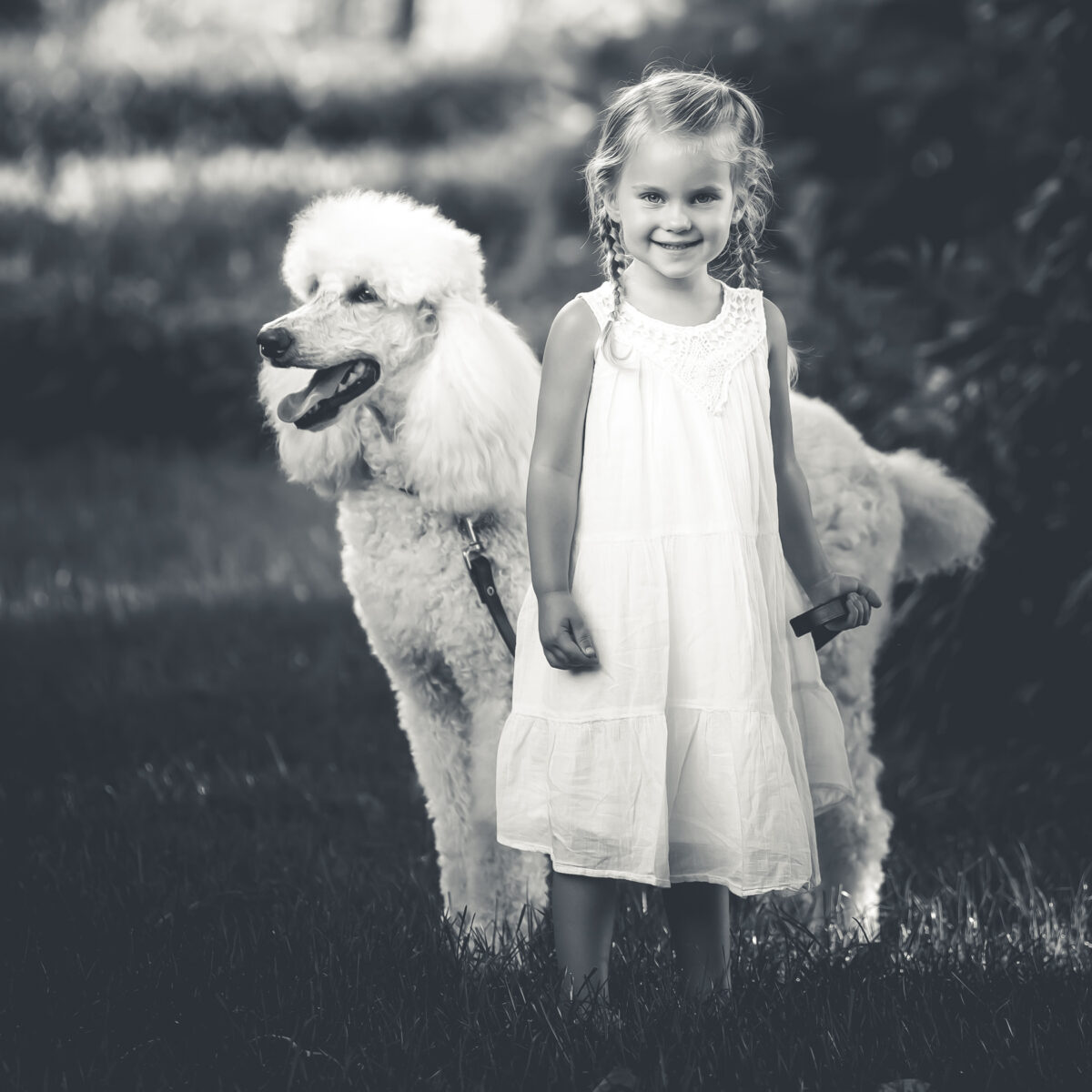
Most people assume that therapy dogs need to be trained to have such a positive impact on patients, but that couldn’t be further from the truth. Therapy dogs are certified to be safe around patients, but all dogs have the innate ability to promote our mental and physical well-being.
Beyond the medical field, dogs are the rockstars of advertisement for similar reasons. Dogs generate positive emotions even though they appear “only” on screen or in print. Here are the top 5 reasons why we all love dogs and why advertisements featuring dogs are very popular:
Dogs generate emotions
Dogs are known as man’s best friend, so they evoke strong emotions in people. Advertisers use this human-dog bond to connect with the audience at an emotional level and make their brand more relatable and trustworthy.
Dogs appeal to a wide range of people
Dogs are widely loved creatures and are popular among people of all ages, genders, and cultures. Advertisers take advantage of this popularity to reach a huge audience and increase their brand’s visibility.
Dogs represent positive traits
They are often associated with loyalty, love, and happiness, which are all positive traits that advertisers like to associate with their products or services.
Dogs promote simplicity
Dogs are uncomplicated and have simple needs. Advertisers use this simplicity to promote their products or services as easy to use or understand.
Dogs are cute and funny
They have playful and cute personalities that make people smile. Advertisers capitalize on this cuteness factor and use it to make their advertisements more memorable and entertaining.
As a dog lover since early childhood, it was just a matter of time until I started taking pictures of dogs, initially for friends and family, animal shelters, and eventually for private clients and businesses. What I did not anticipate is that photos of dogs would have many of the same effects on people that real dogs have, but the reactions I observed and the feedback I received was consistent.
Seeing a dog triggers something in us

That’s true whether it’s a real dog, a dog on a screen, or in a photograph. Positive images of dogs help us connect with other people, make us feel better, and reduce stress. As I learned through my research, every time we see a dog, our subconsciousness runs a mental shortcut that signals something like friend, trust, loyalty, the things we have learned to associate with dogs during our joint evolutionary journey of more than 12,000 years. In addition, our brain increases the release of the social bonding hormone Oxytocin, further emphasizing this positive association. The responses that we have to pictures of dogs are very similar to the responses that we have when seeing a real dog. These involuntary responses put uplifting smiles on people’s faces, make them feel better, and reduce their stress. Could there be a meaningful application of dog photos in medical settings to support the physical and mental recovery of patients? Let’s take a closer look.
Expanding the reach of therapy dogs
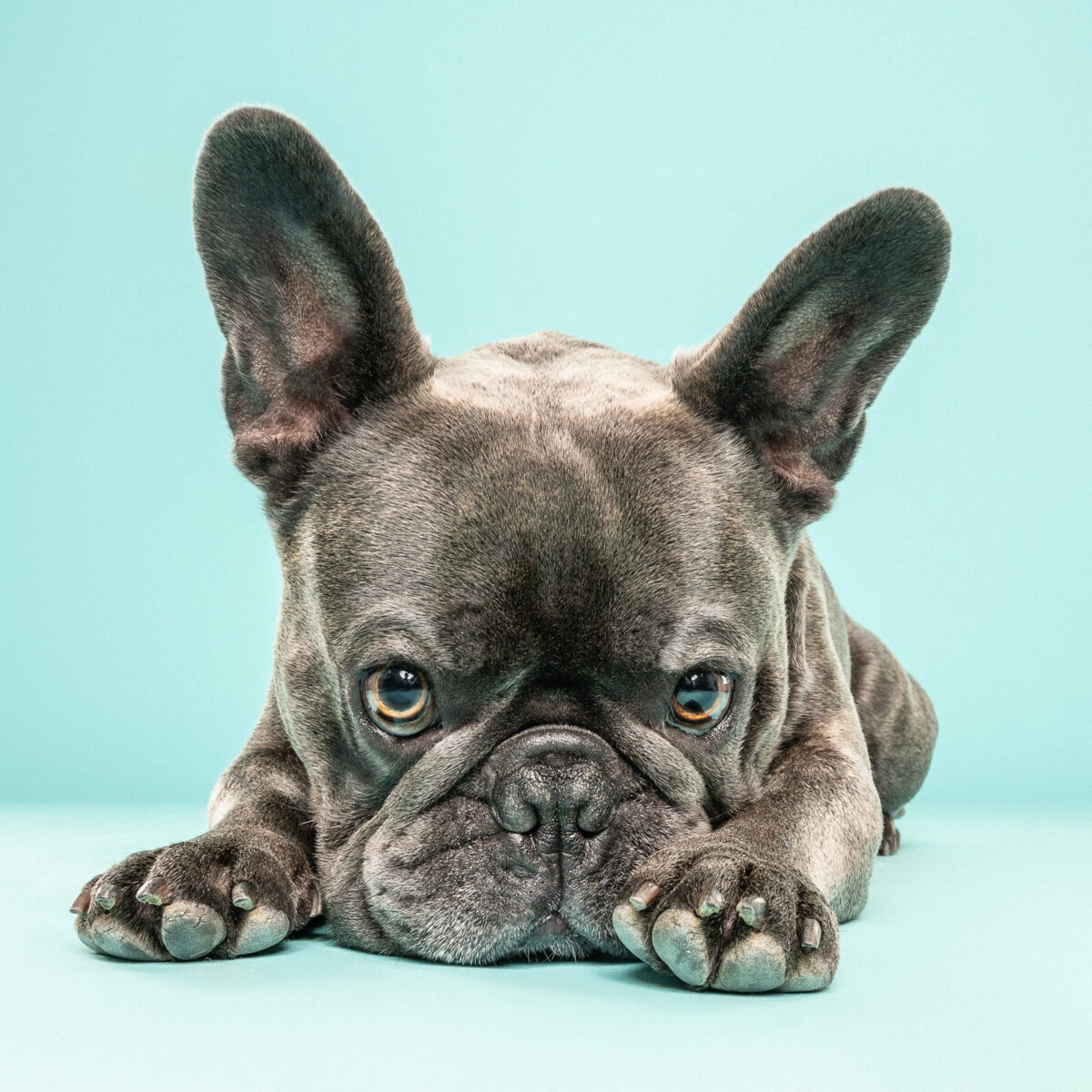
In 2019 we had 36.2M patients in U.S. hospitals. Now compare that to the just over 50,000 therapy dogs, and it becomes evident that we have a substantial gap that prevents hospitals from offering all patients the support of therapy dogs and, with that, the opportunity to recover more quickly, have fewer complications, and reduce the duration of their discomfort. We have a short supply of Certified Therapy Dogs. Conversely, we have an infinite supply of dog photos.
References to dogs and photos are used in psychotherapy to put patients at ease and enable more effective care conversations. Based on what I have seen and what I know about the science of how dogs and pictures of dogs benefit us, I have no doubt that dog photos can make a substantial difference not only in ICUs and hospital rooms but in any spaces where people experience stress, spaces where well-being is of the utmost importance, where people’s mental health is compromised.
How to boost your well-being
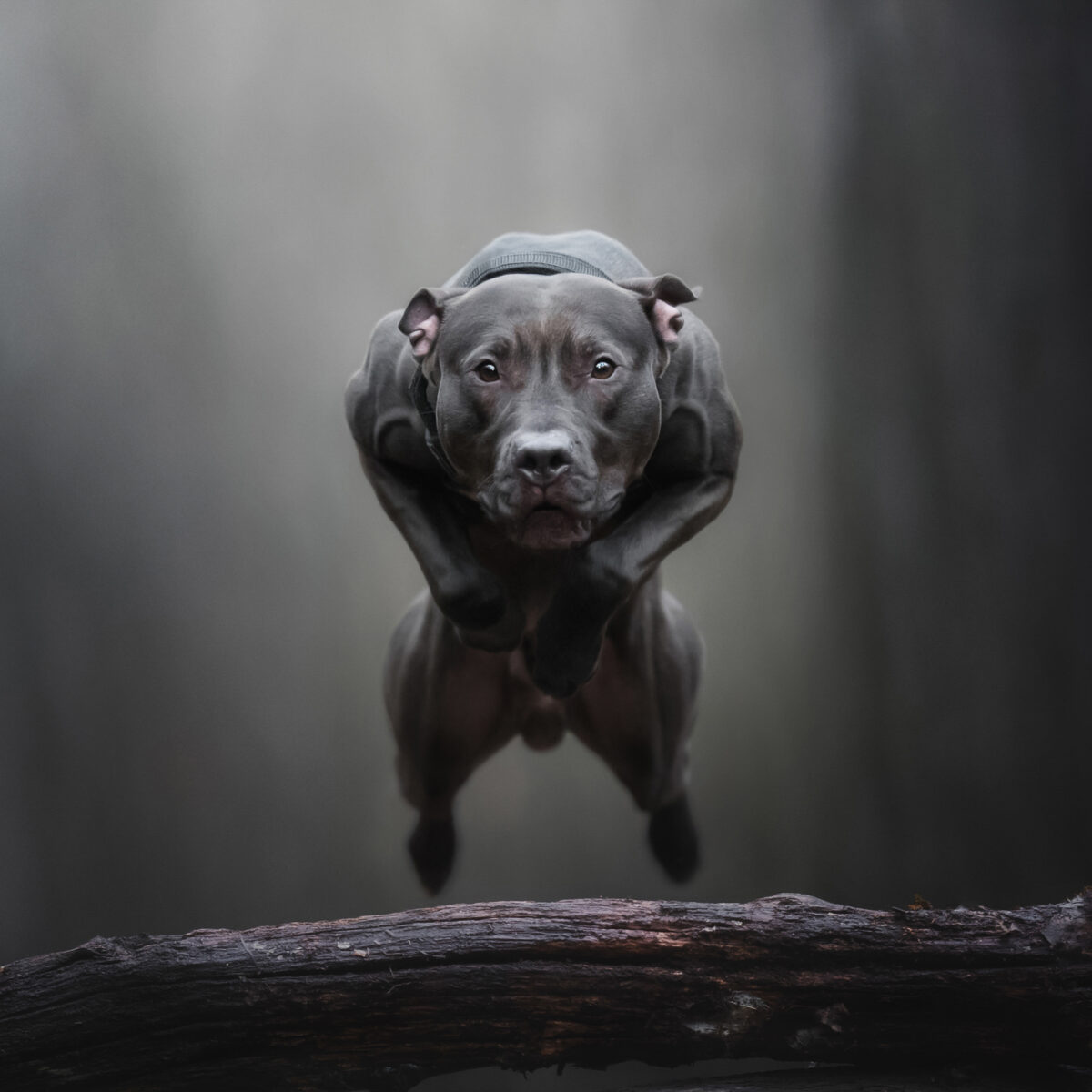
All of us are patients when we go to the dentist, our family doctor, or the hospital. The next time you want to boost your well-being, look at pictures of dogs. After 5 minutes, your sense of well-being will rise by 16.5%, according to research conducted at the University of Maryland.
Don’t get me wrong; nothing can replace the real thing – a dog, but photos of dogs can expand the impact of therapy dogs and go places where real dogs cannot. Pictures of dogs can substantially reduce stress and promote physical and mental recovery for patients, but the benefits don’t stop there. Here are additional benefits of dog wall art for a variety of business settings.
Create a welcoming and friendly atmosphere
Dogs are often associated with warmth, loyalty, and companionship. Displaying dog-themed artwork in a business creates a more inviting environment and helps customers, clients, and patients feel more at ease.
Spark conversations and connections
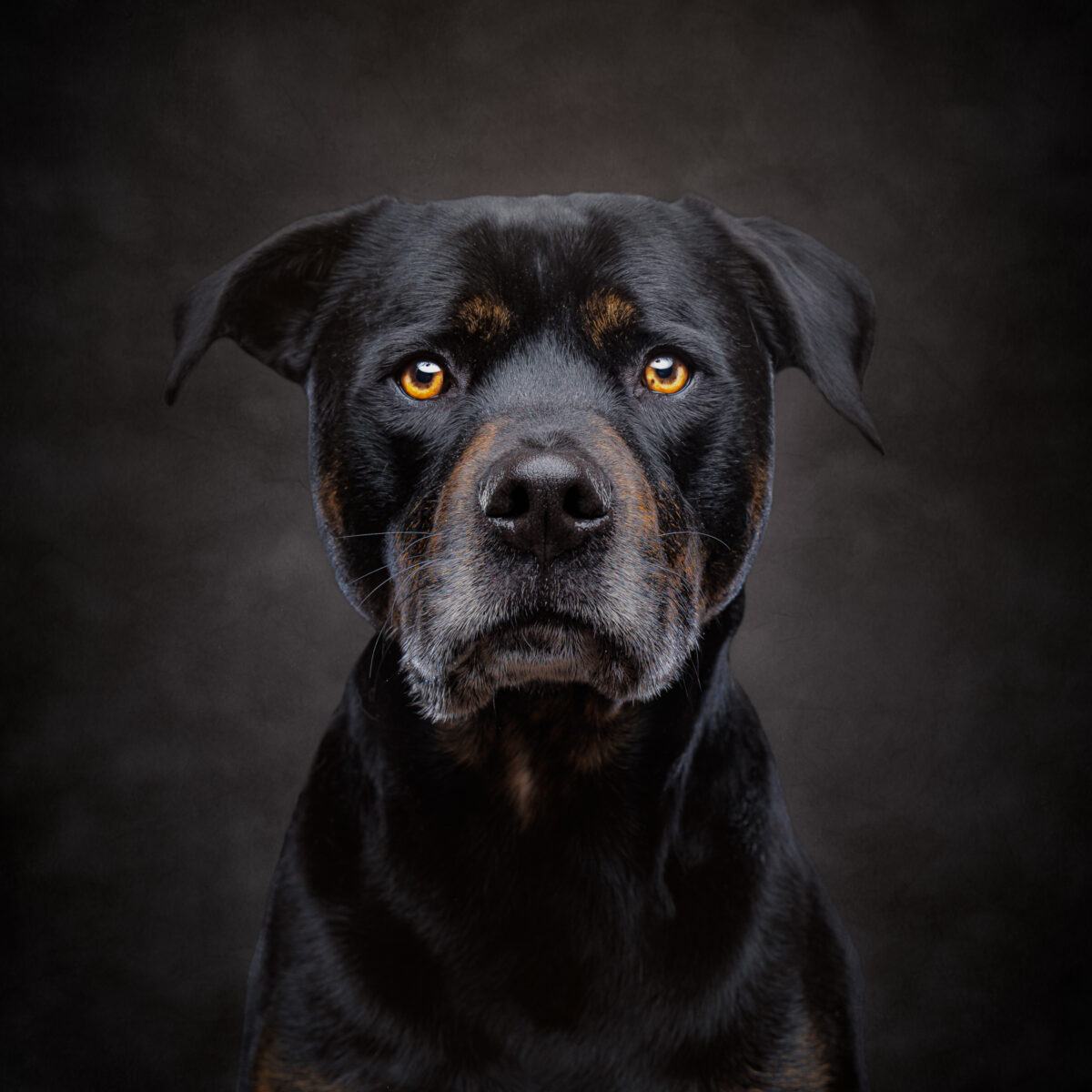
Dog lovers are often passionate about their furry friends and enjoy bonding over shared experiences. Displaying dog wall art could be a conversation starter and help customers, clients, and patients find common ground with each other or the staff.
Boost morale and productivity
Research has shown that exposure to nature, animals, and art can have a positive impact on people’s mood, creativity, and productivity. By incorporating dog art into the workplace, businesses can create a more uplifting and inspiring environment for their employees.
Differentiate from competitors
Non-pet-related businesses that display dog art could stand out from their competitors and leave a memorable impression on customers.
Support a cause
Depending on the artist or vendor, some dog wall art may be connected to animal welfare causes or organizations such as the Global Dog Art Gallery. By purchasing and displaying these artworks, businesses can show their support for a charitable cause and attract customers who care about these issues.
What’s on your walls?

Does your wall décor benefit your clients, customers and patients and in return your business? Photos of dogs are the smart and impactful choice for medical, business, and home environments as they extends the many benefits of the human-canine bond beyond the physical presence of a dog.
